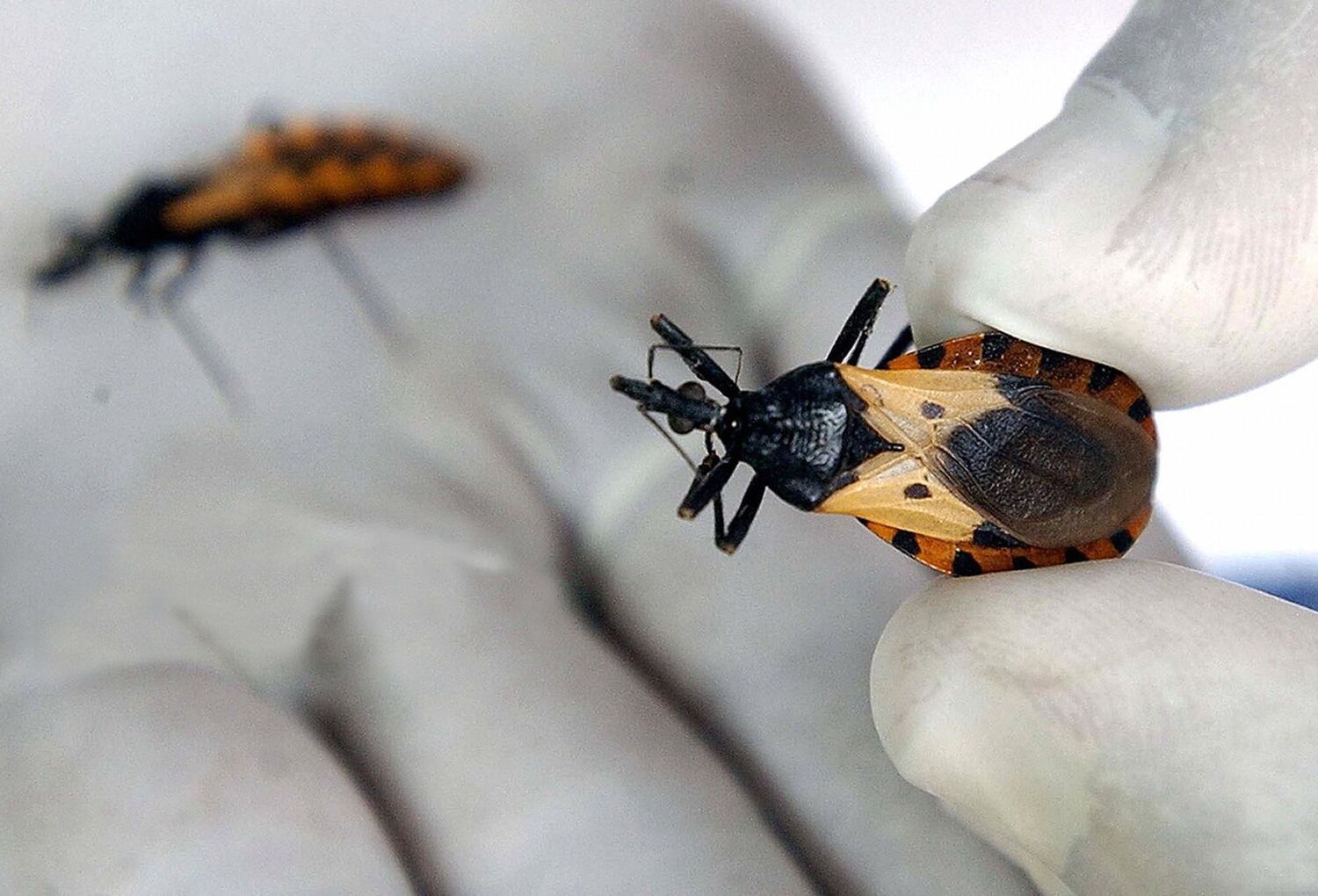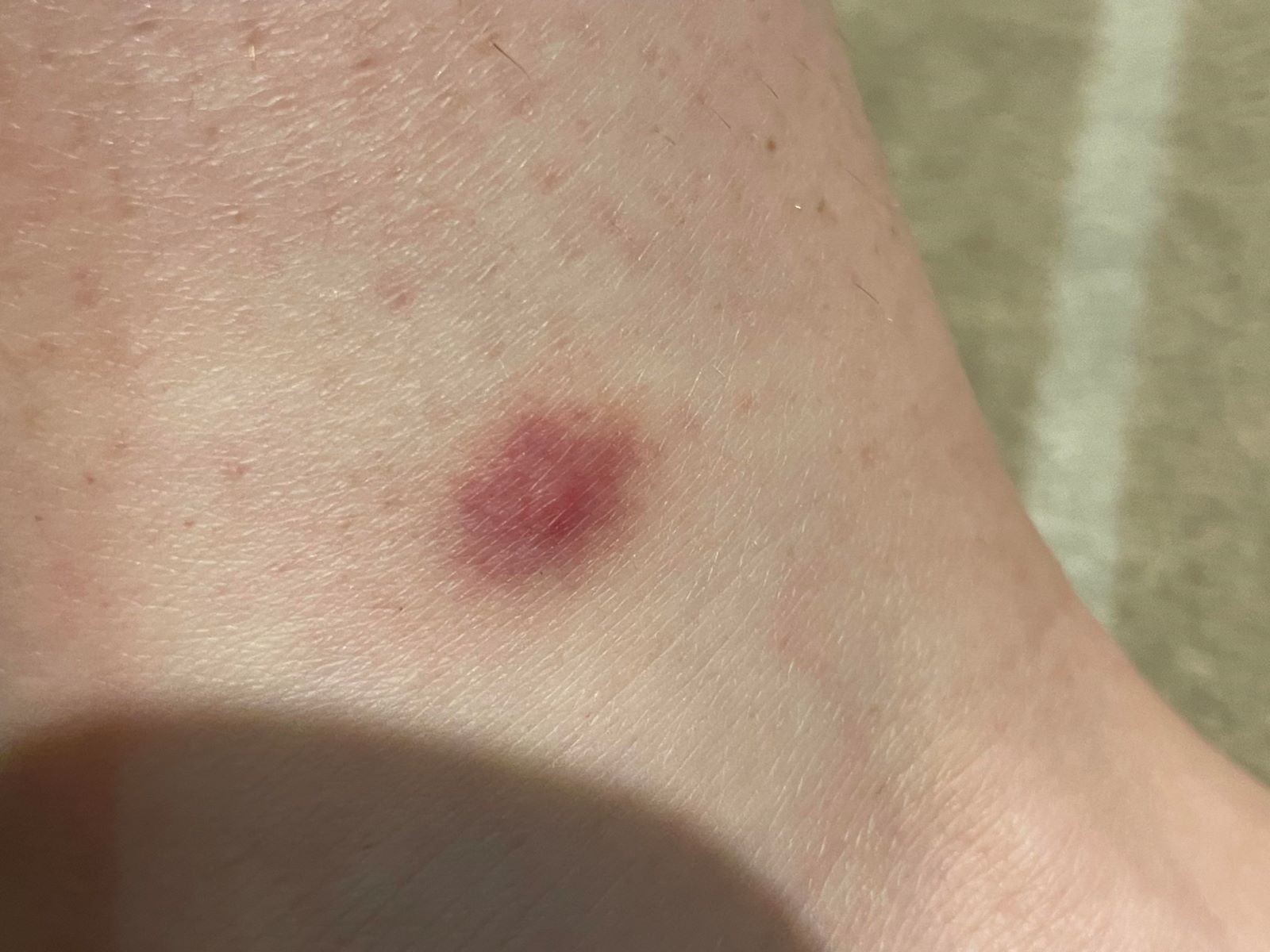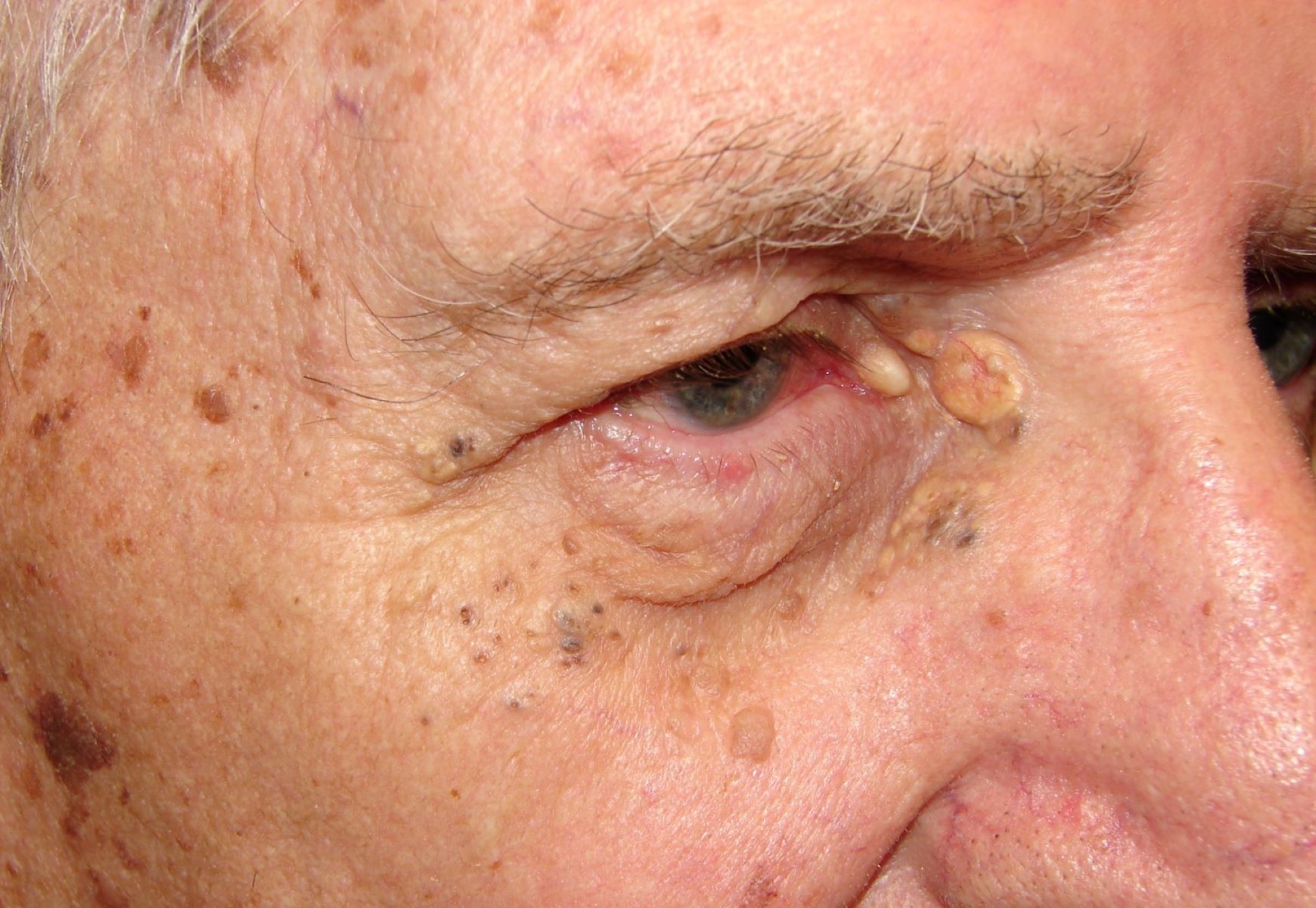
American Trypanosomiasis, also known as Chagas disease, is a tropical parasitic illness caused by the protozoan Trypanosoma cruzi. This disease primarily affects people in Latin America but has spread to other regions due to increased travel and migration. Chagas disease is transmitted to humans through contact with the feces of infected triatomine bugs, often called "kissing bugs." These insects typically bite people on the face during sleep, making the disease's nickname quite literal. Symptoms can range from mild to severe, including fever, fatigue, and swelling at the infection site. If left untreated, it can lead to serious heart and digestive problems. Understanding the facts about American Trypanosomiasis is crucial for prevention and treatment.
What is American Trypanosomiasis?
American Trypanosomiasis, also known as Chagas disease, is a tropical parasitic illness. It primarily affects people in Latin America but has spread to other regions. Understanding this disease is crucial for prevention and treatment.
-
Chagas disease is caused by the parasite Trypanosoma cruzi. This parasite is transmitted to humans through the feces of triatomine bugs, also known as "kissing bugs."
-
The disease is named after Brazilian physician Carlos Chagas. He discovered the disease in 1909 while studying the triatomine bug.
-
Chagas disease has two phases: acute and chronic. The acute phase occurs shortly after infection and can last for weeks or months. The chronic phase can last for decades or even a lifetime.
How is Chagas Disease Transmitted?
Transmission of Chagas disease occurs in several ways, making it a versatile and dangerous illness. Knowing these methods helps in taking preventive measures.
-
Triatomine bugs are the primary vectors. These bugs are often found in rural areas, living in the cracks of poorly constructed homes.
-
Transmission can also occur through contaminated food. Consuming food or drink contaminated with the feces of infected bugs can lead to infection.
-
Blood transfusions and organ transplants are other transmission routes. Infected blood or organs can spread the parasite to recipients.
-
Mother-to-child transmission is possible. Pregnant women can pass the parasite to their unborn children.
Symptoms of Chagas Disease
Recognizing the symptoms of Chagas disease is essential for early diagnosis and treatment. Symptoms vary depending on the phase of the disease.
-
Acute phase symptoms include fever, fatigue, and swelling. These symptoms are often mild and can be mistaken for other illnesses.
-
Chronic phase symptoms can be severe. They include heart problems, digestive issues, and neurological disorders.
-
Romana's sign is a classic symptom. It involves swelling of the eyelid on one side of the face, occurring shortly after infection.
Diagnosis and Treatment
Early diagnosis and treatment are crucial for managing Chagas disease. Various methods are used to diagnose and treat this illness.
-
Blood tests are commonly used for diagnosis. These tests detect the presence of Trypanosoma cruzi in the blood.
-
Electrocardiograms (ECGs) can help diagnose heart complications. Heart problems are a common chronic phase symptom.
-
Benznidazole and nifurtimox are the primary treatments. These medications are most effective during the acute phase.
-
Treatment during the chronic phase focuses on managing symptoms. This can include medications for heart and digestive issues.
Prevention and Control
Preventing Chagas disease involves reducing exposure to the parasite. Various strategies can help control the spread of this disease.
-
Improving housing conditions is crucial. Sealing cracks and using insecticides can reduce the presence of triatomine bugs.
-
Screening blood and organ donors helps prevent transmission. Ensuring that donors are not infected reduces the risk of spreading the disease.
-
Educating communities about Chagas disease is essential. Awareness campaigns can teach people how to protect themselves.
Global Impact of Chagas Disease
Chagas disease affects millions of people worldwide, with significant social and economic impacts. Understanding its global reach highlights the importance of addressing this illness.
-
Approximately 6-7 million people are infected globally. Most cases are in Latin America, but the disease is spreading to other regions.
-
Chagas disease is a leading cause of heart disease in Latin America. Chronic phase heart complications can be severe and life-threatening.
-
Economic impact includes healthcare costs and lost productivity. Treating and managing the disease can be expensive, and affected individuals may be unable to work.
Final Thoughts on American Trypanosomiasis
American Trypanosomiasis, or Chagas disease, is a serious illness caused by the parasite Trypanosoma cruzi. Spread mainly by triatomine bugs, it affects millions in Latin America. Symptoms can range from mild to life-threatening, making early detection crucial. Prevention focuses on controlling the insect vector and improving housing conditions. While treatments exist, they’re most effective in the acute phase. Chronic cases often require more complex care. Awareness and education play key roles in combating this disease. Understanding the risks and taking preventive measures can save lives. Research continues to seek better treatments and a potential vaccine. By staying informed and supporting public health initiatives, we can reduce the impact of Chagas disease. Remember, knowledge is power when it comes to protecting yourself and your community from this hidden threat.
Was this page helpful?
Our commitment to delivering trustworthy and engaging content is at the heart of what we do. Each fact on our site is contributed by real users like you, bringing a wealth of diverse insights and information. To ensure the highest standards of accuracy and reliability, our dedicated editors meticulously review each submission. This process guarantees that the facts we share are not only fascinating but also credible. Trust in our commitment to quality and authenticity as you explore and learn with us.


